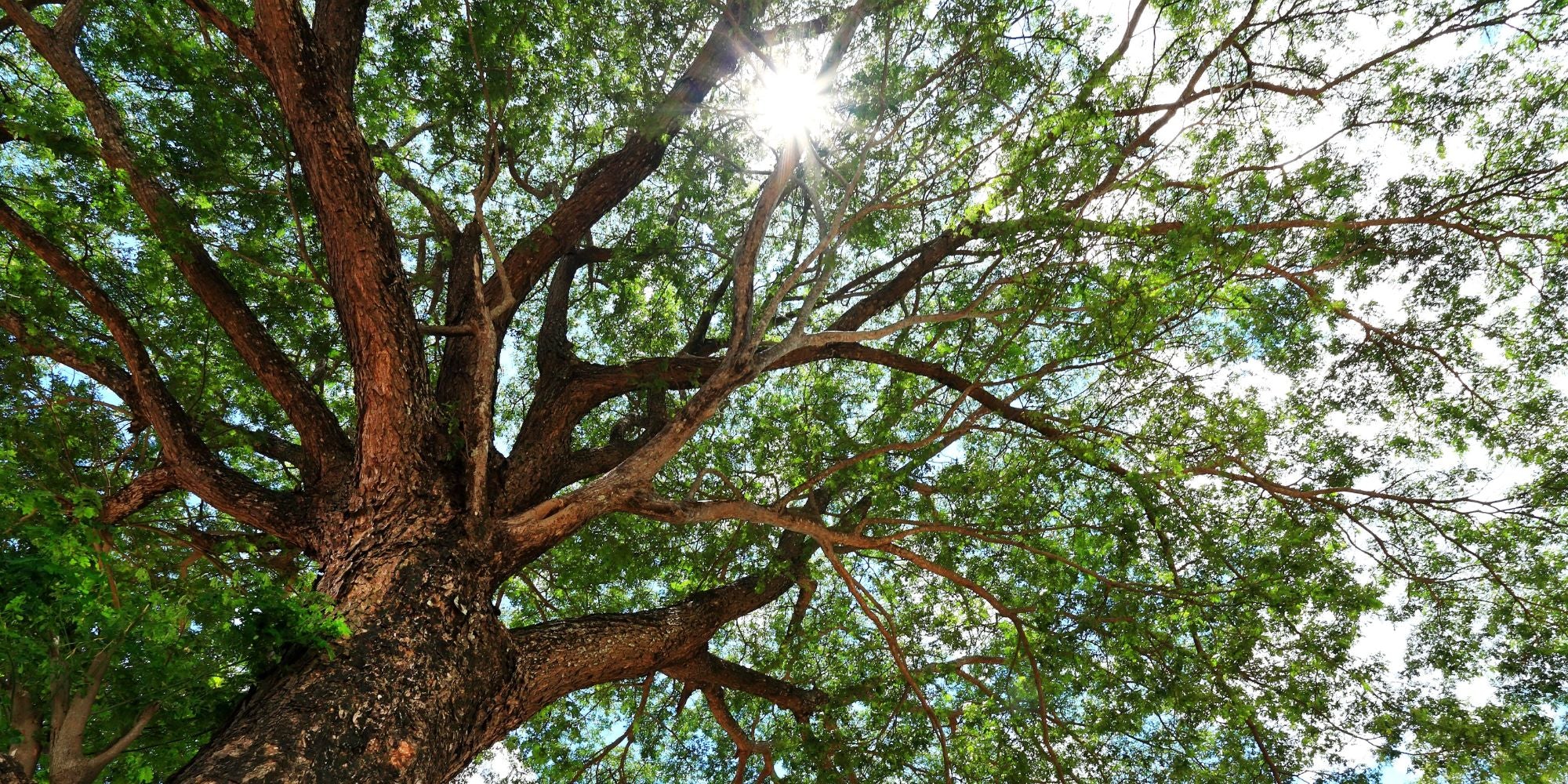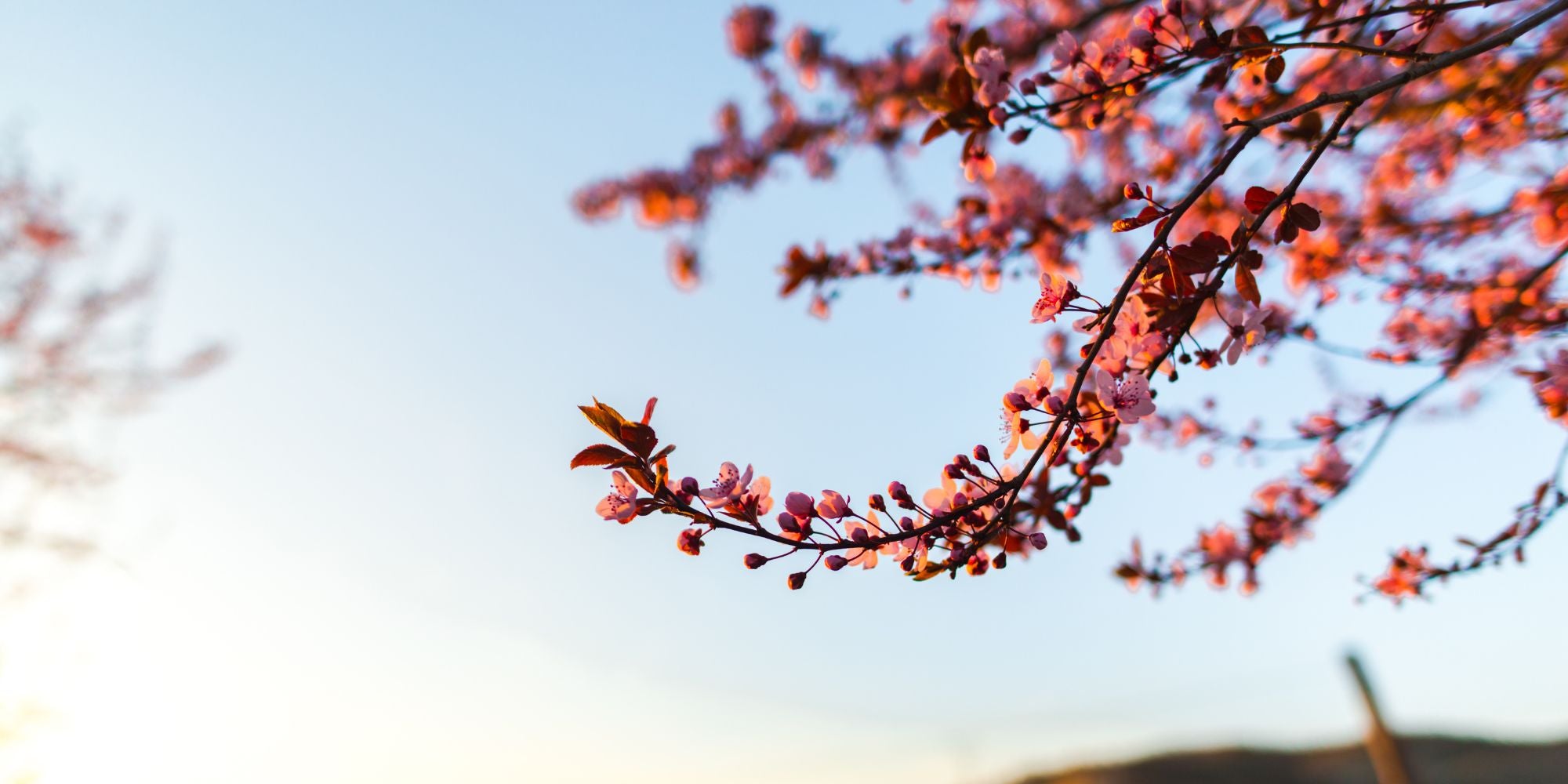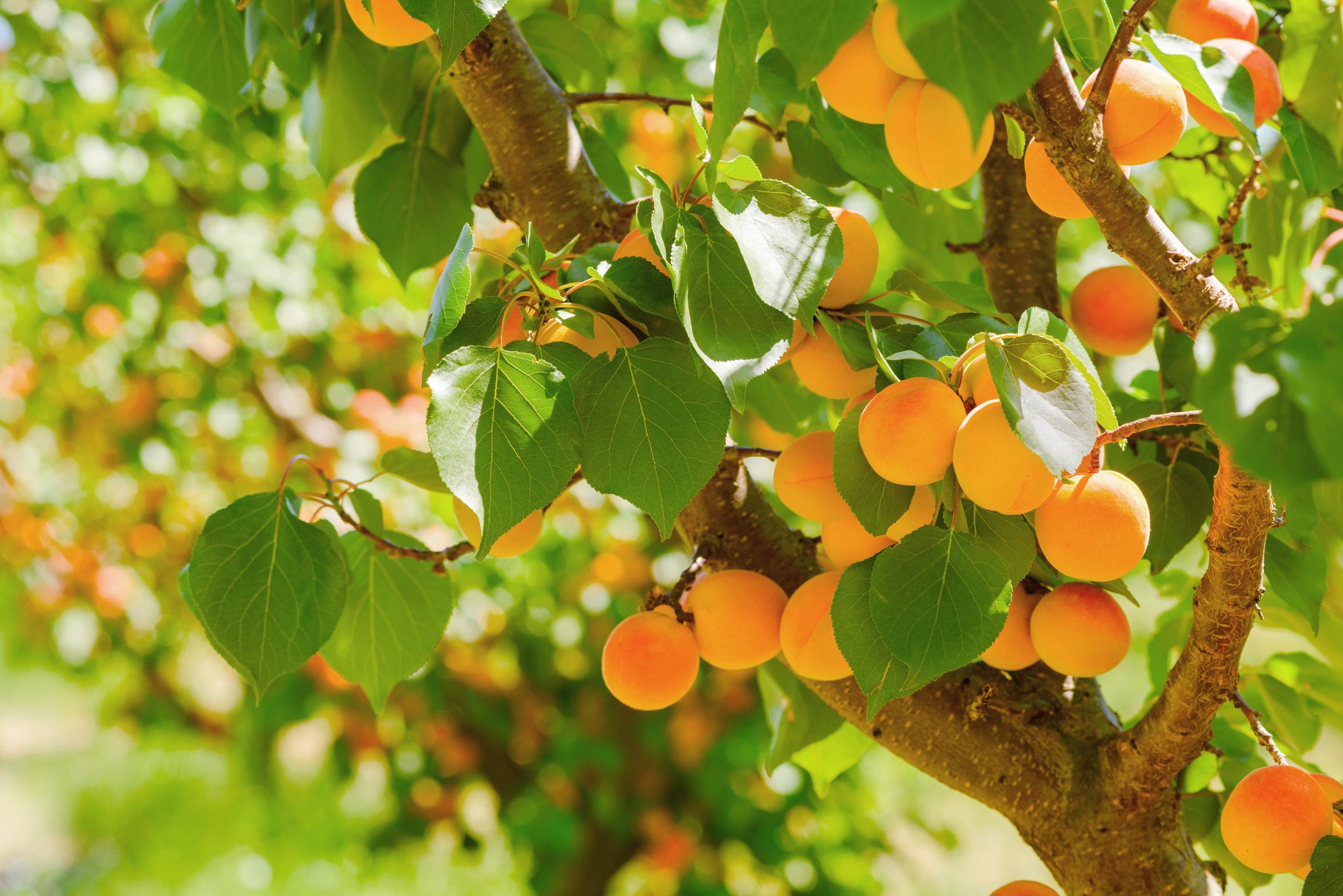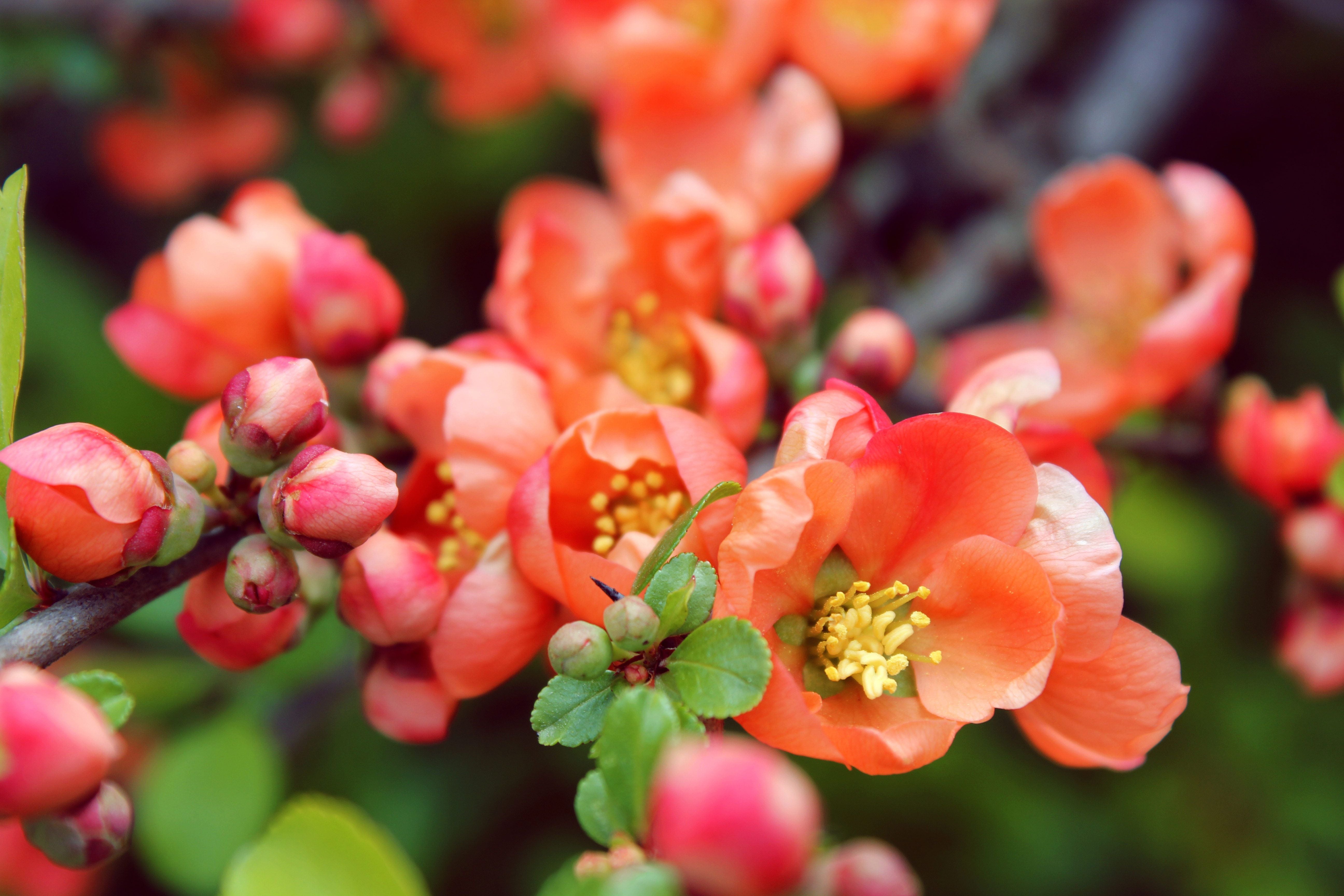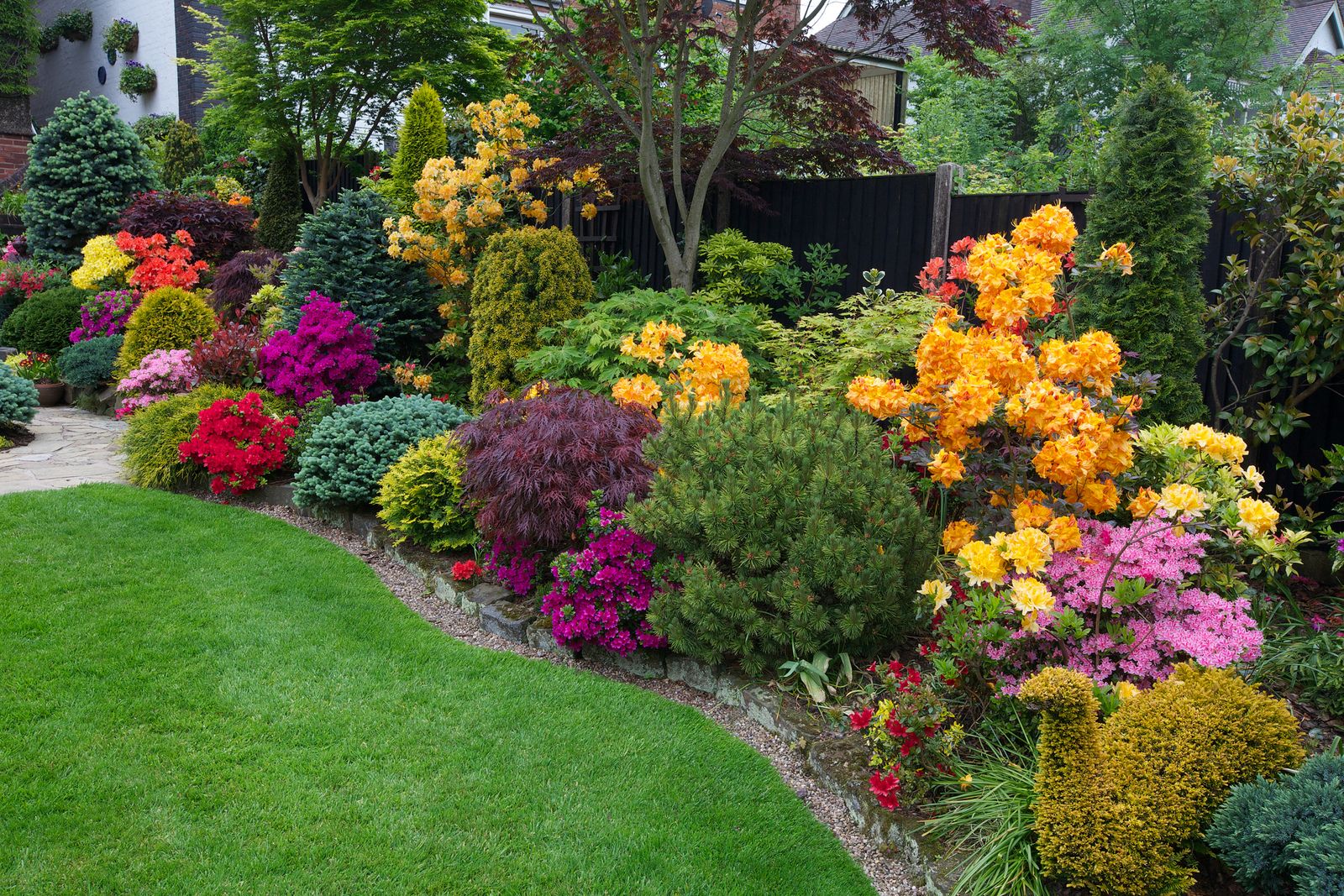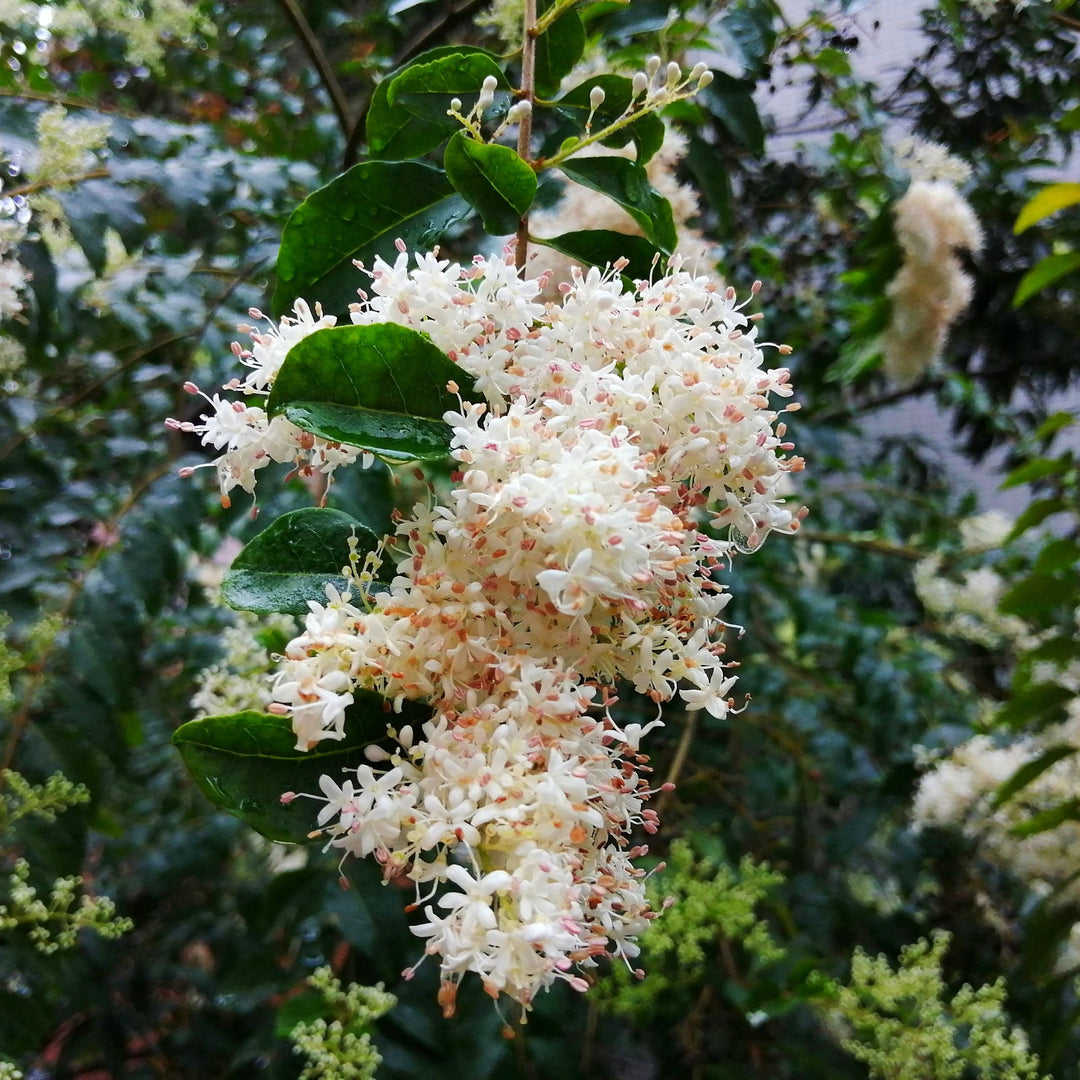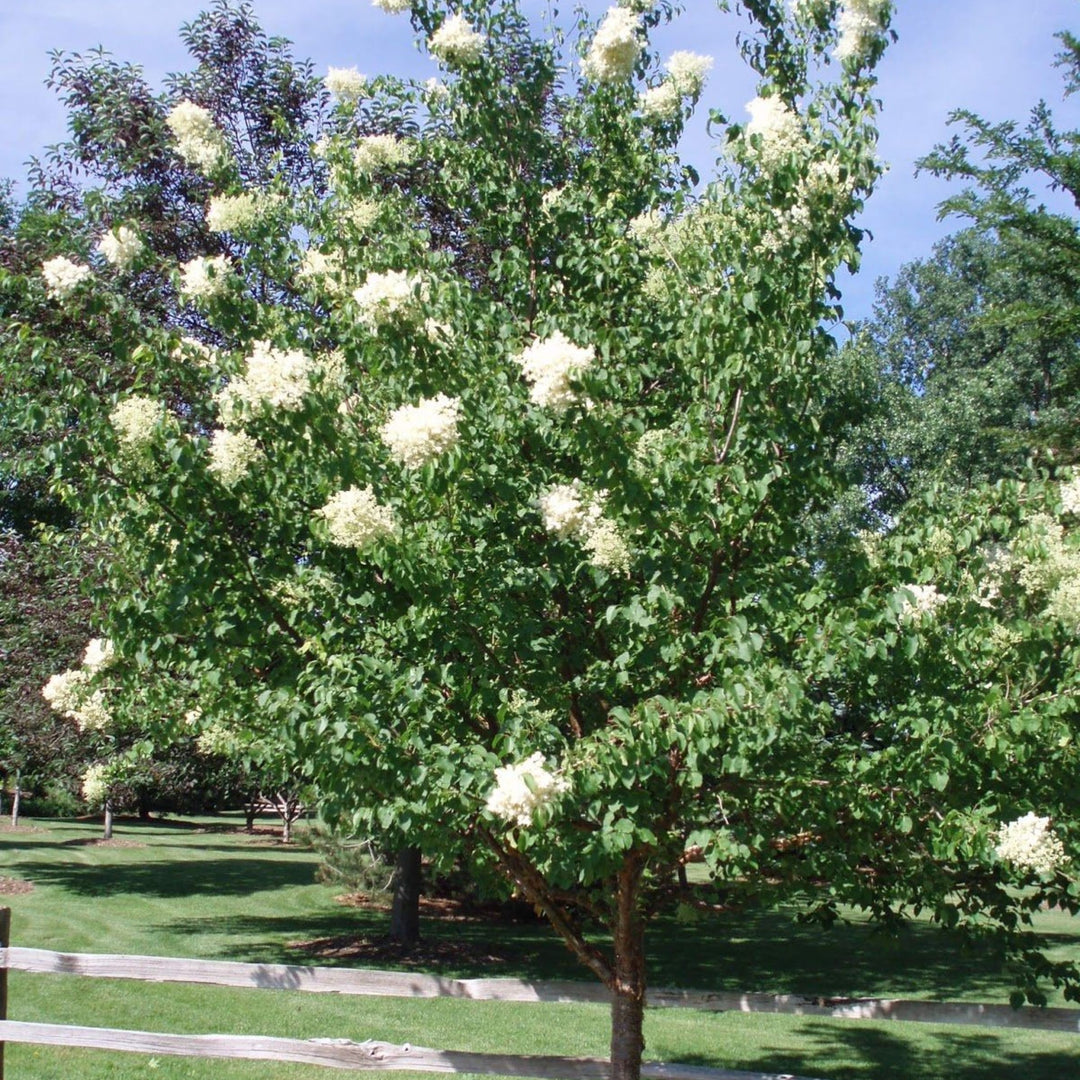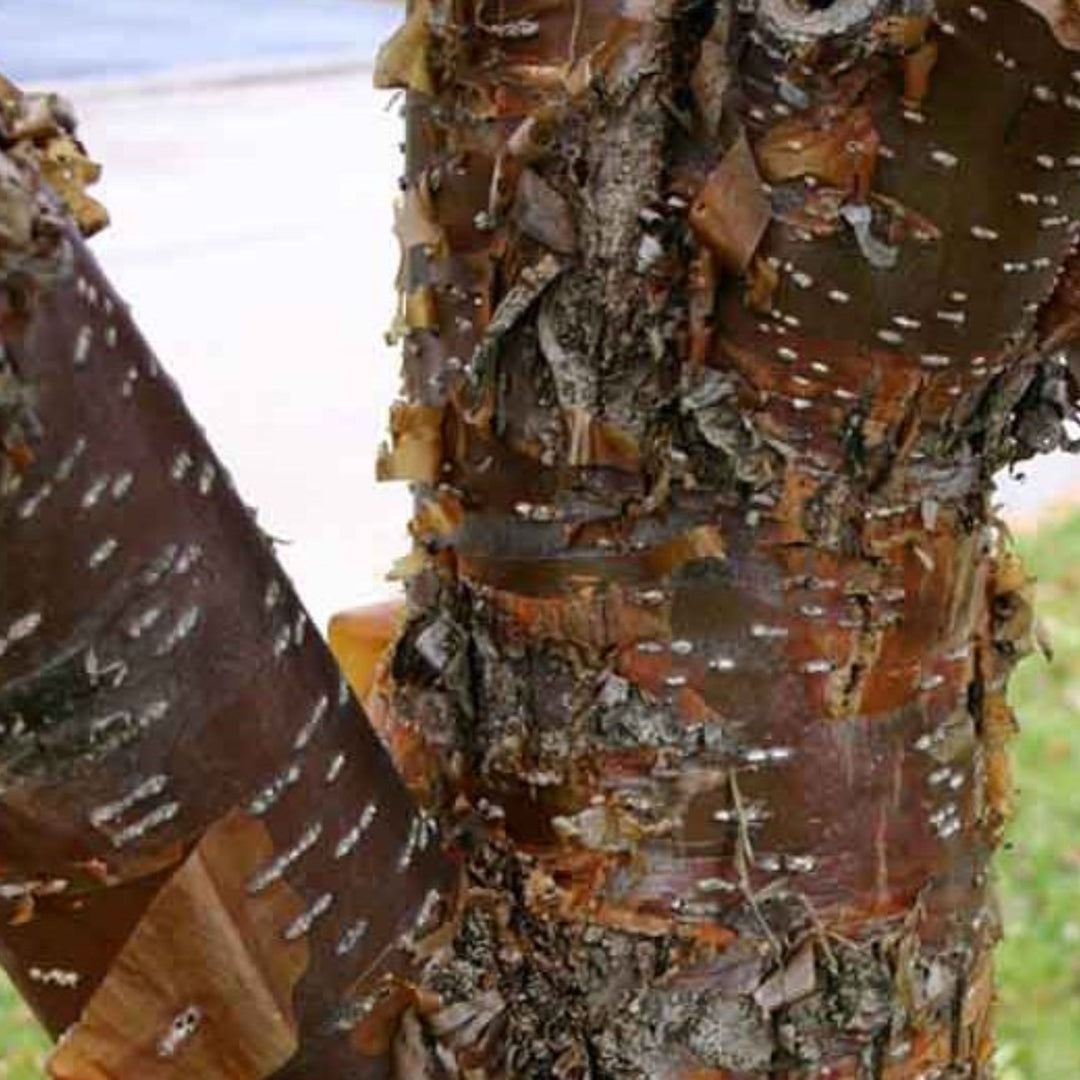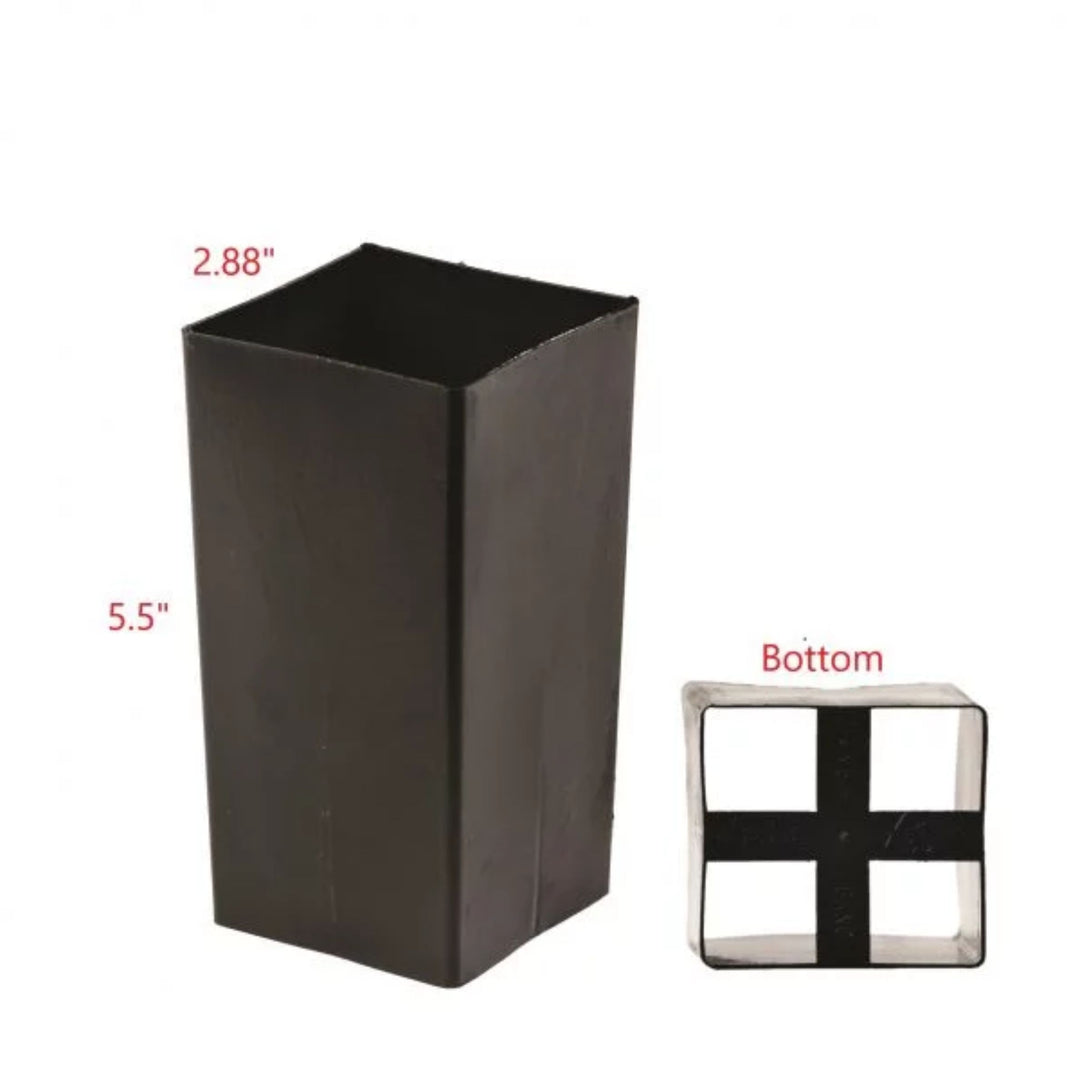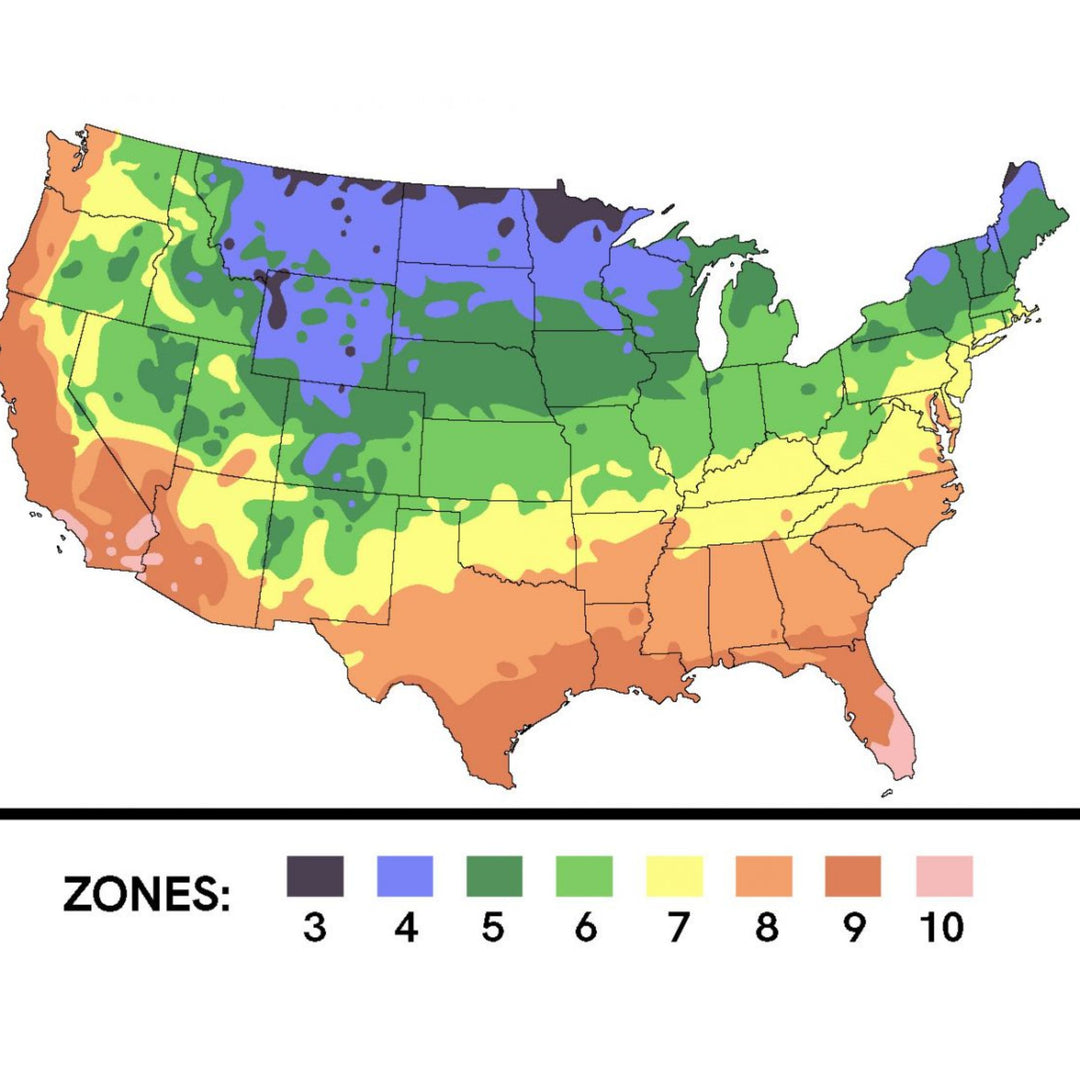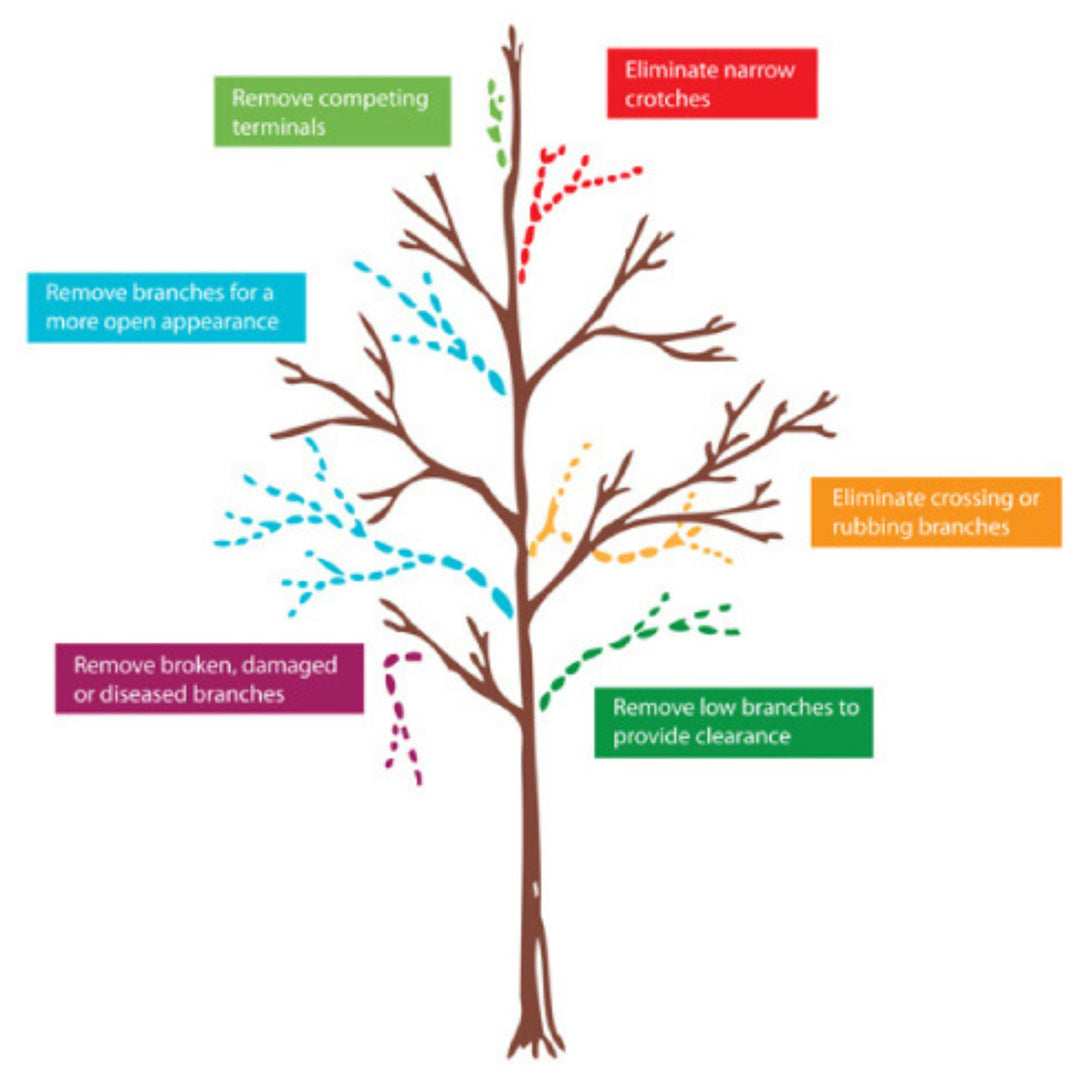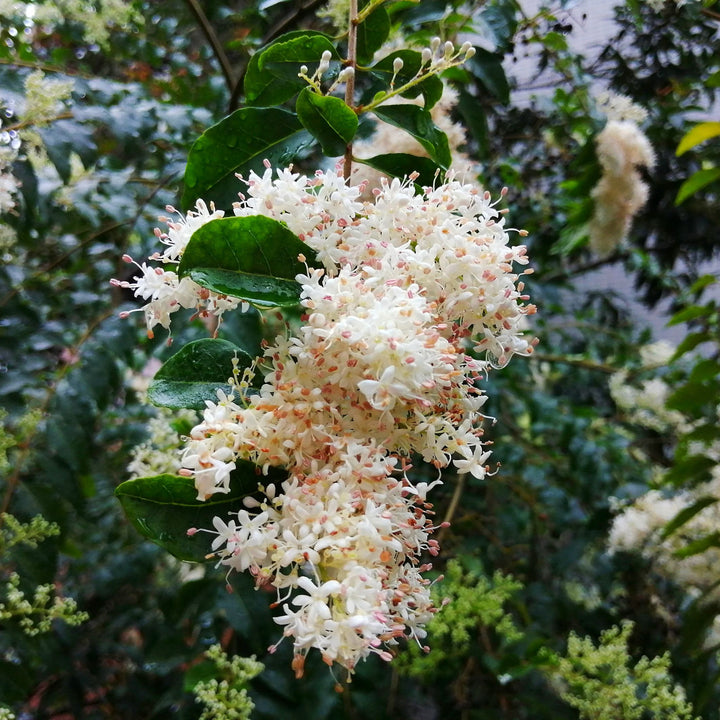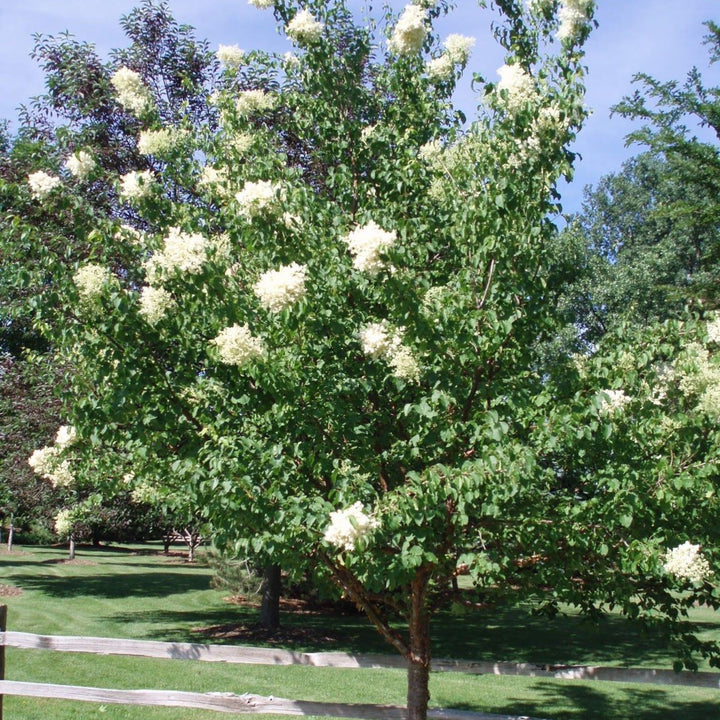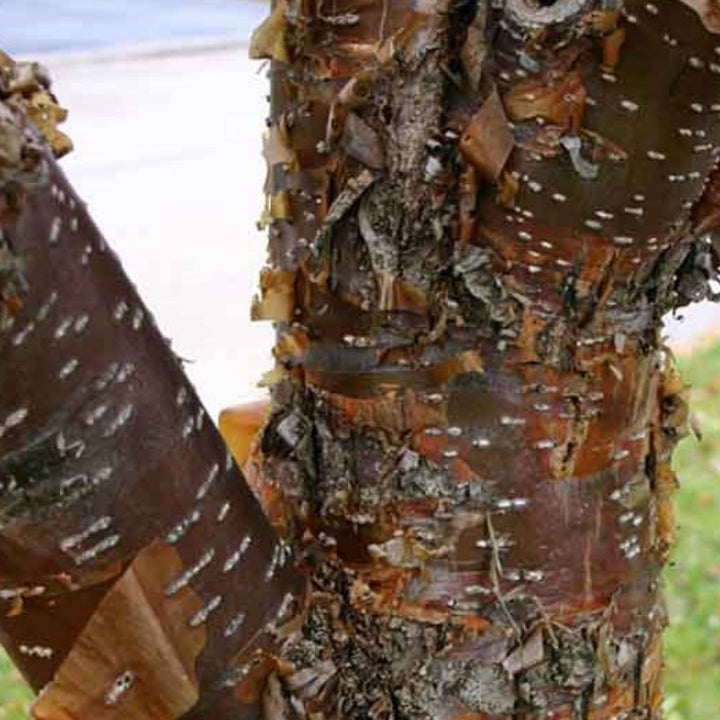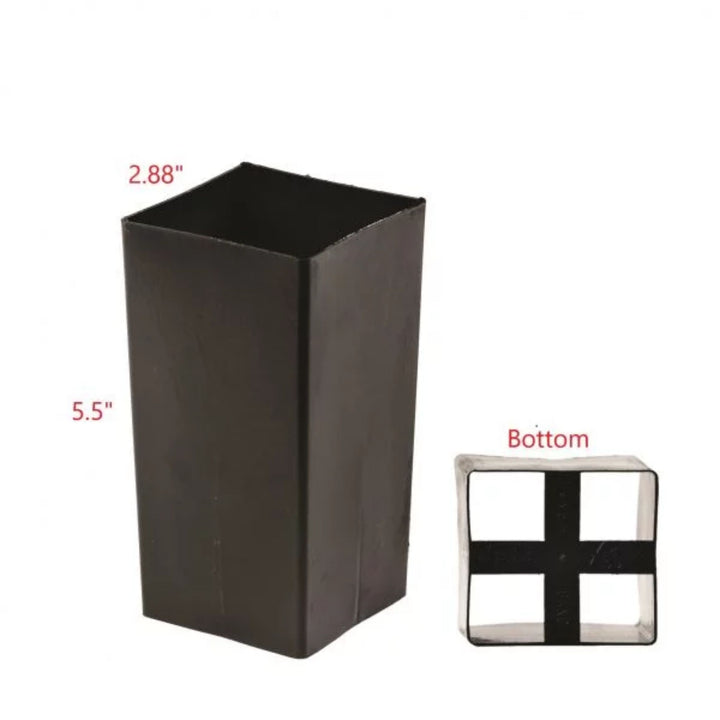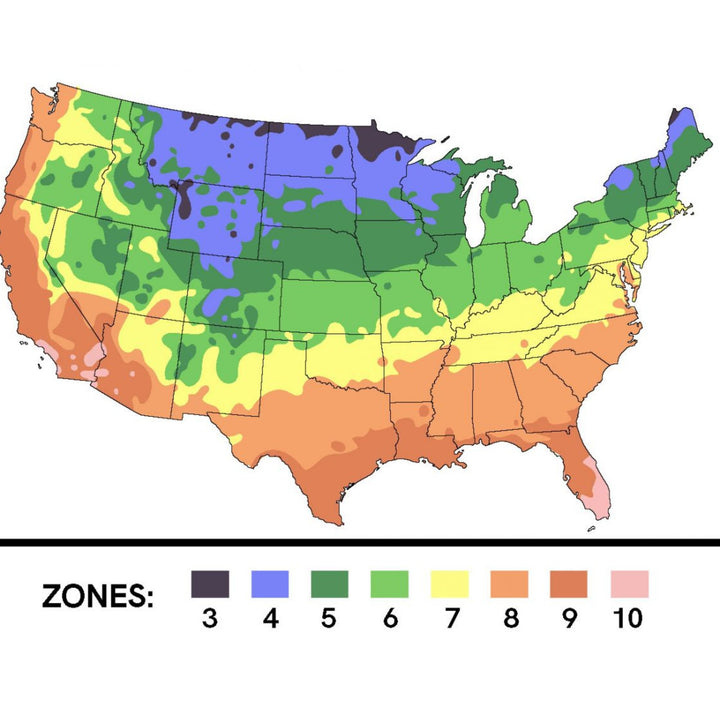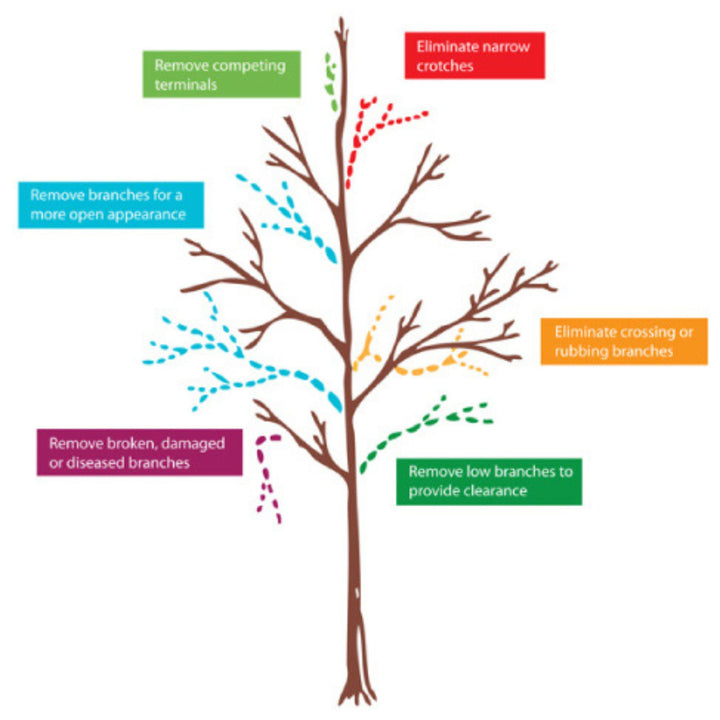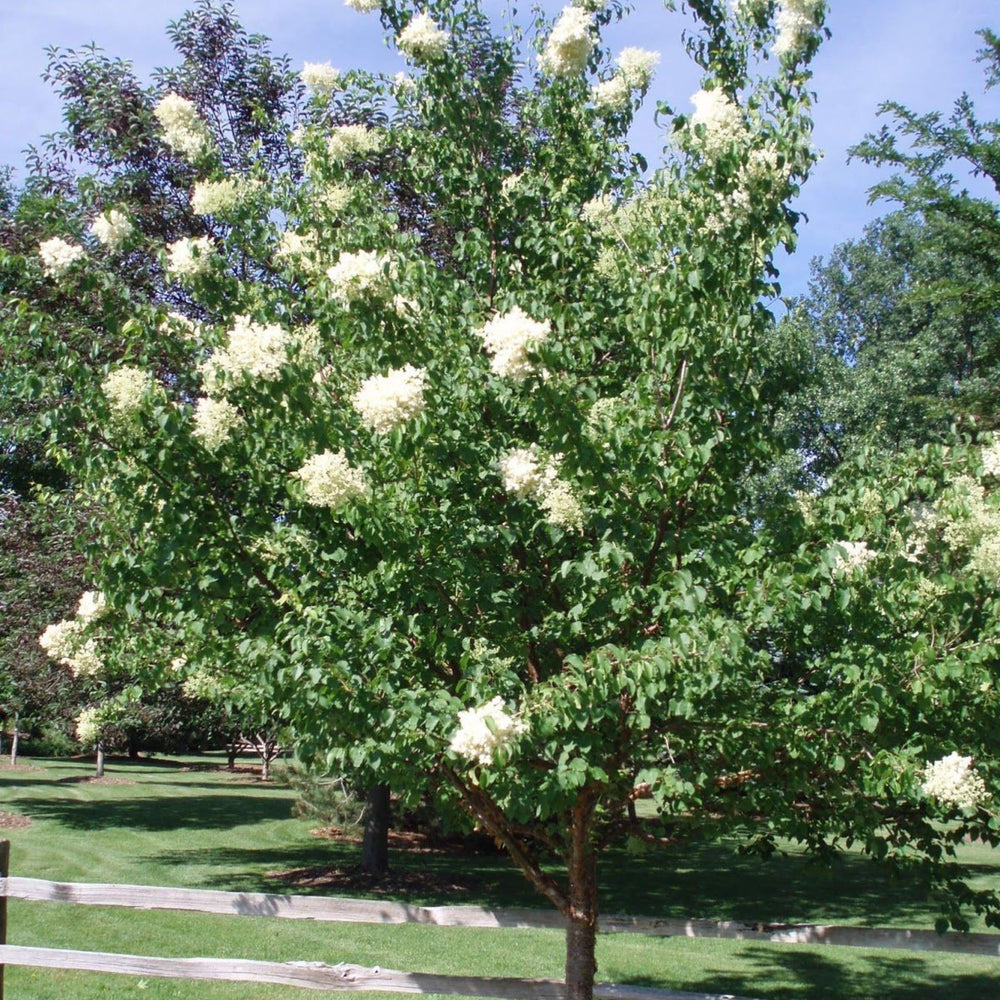The Peking lilac, as distinguished from its close relative, the Japanese tree lilac (Syringa reticulata subsp. reticulata), exhibits several contrasting characteristics. These distinctions include its finer overall texture, which is a result of its smaller leaves and stems, its diminutive flowers, and its bark, which possesses a variable and often colorful appearance as it peels away in thin flakes or sheets. Moreover, the Peking lilac is notably more tolerant of high temperatures but less resistant to cold when compared to the Japanese tree lilac. Its blossoms emerge from late May through June, and similar to all lilac varieties, it requires a period of cold-weather dormancy to initiate flowering.
In terms of its growth pattern, this plant displays an upright, arching form that is loose and open in its structure. It thrives in loose, well-drained soil that slightly leans toward being acidic to slightly alkaline. For optimal flowering and disease resistance, it is advisable to plant it in full sun. While it naturally grows with multiple stems, it can be shaped into a single trunk through regular pruning, specifically by eliminating the lower branches that tend to droop.
In terms of its growth pattern, this plant displays an upright, arching form that is loose and open in its structure. It thrives in loose, well-drained soil that slightly leans toward being acidic to slightly alkaline. For optimal flowering and disease resistance, it is advisable to plant it in full sun. While it naturally grows with multiple stems, it can be shaped into a single trunk through regular pruning, specifically by eliminating the lower branches that tend to droop.
Hardiness zone for this plant: Zone 3 - 7
Recently viewed
You may also like
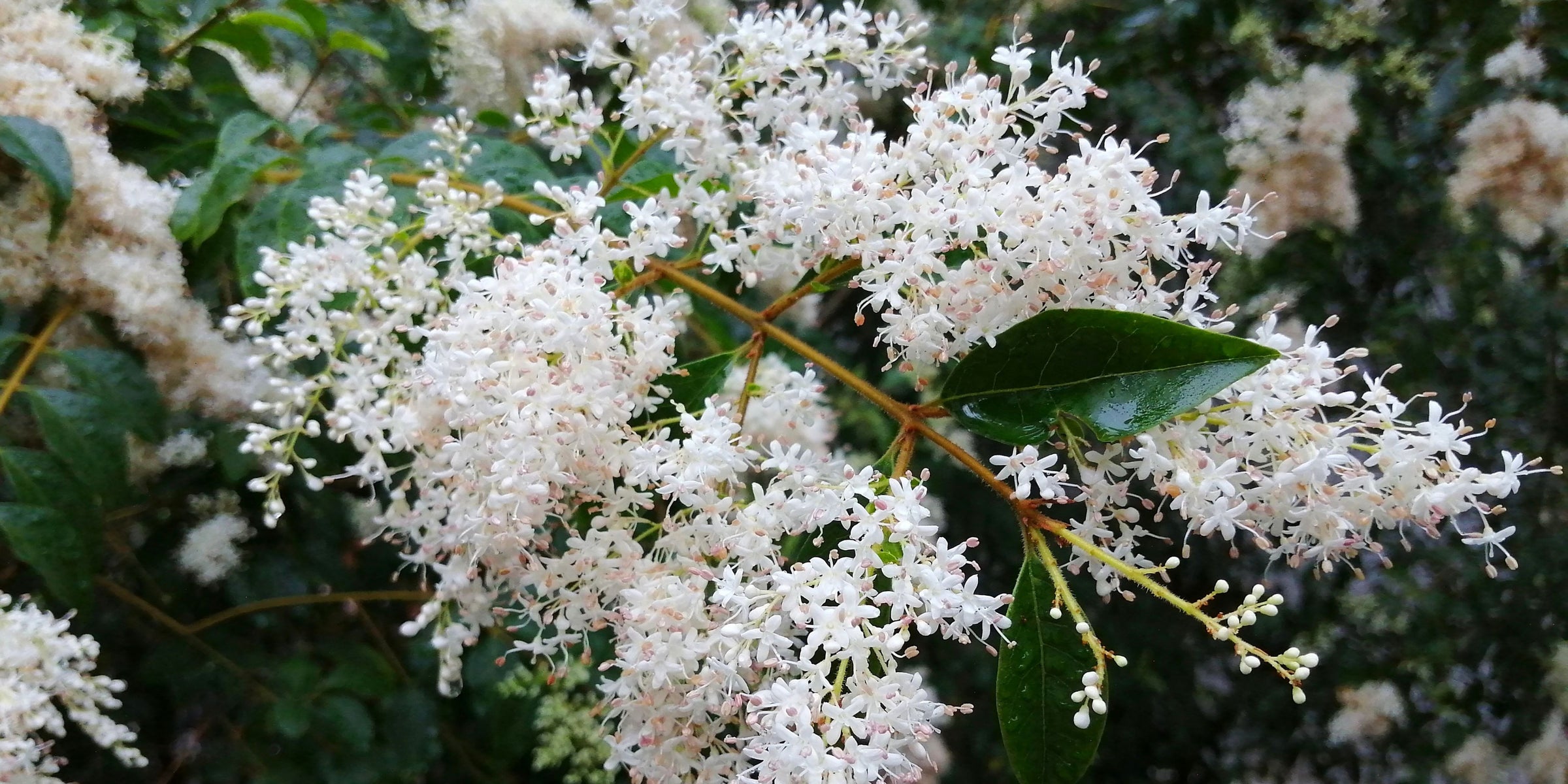
TriStar Plants
Peking Lilac 'Syringa reticulata subsp. pekinensis'
PURE WORM CASTINGS
Introducing our premium Worm Castings - the perfect solution for healthy plant growth! Non-toxic and eco-friendly, our Worm Castings are rich in minerals and nutrients that enhance soil structure and promote beneficial microbial activity. Choose our top-grade Worm Castings for indoor and outdoor gardening, and provide your plants with the best care possible!


